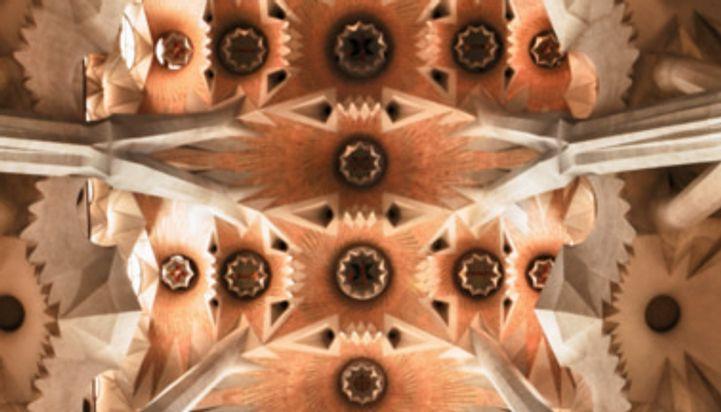Good Book
Details
What is a good software architecture? Why should we bother structuring the code and spending time testing it? If you like spending hours debugging your programs or staying late at the office to recover from a buggy deploy in production this book is definitely NOT for you!
Description
The clean architecture is the opposite of spaghetti code, where everything is interlaced and there are no single elements that can be easily detached from the rest and replaced without the whole system collapsing. The main point of the clean architecture is to make clear "what is where and why", and this should be your first concern while you design and implement a software system, whatever architecture or development methodology you want to follow.
This book is divided into two parts.
The first part is about Test-driven Development (TDD), a programming technique that will help you more reliable and easily modifiable software. I will first guide you through a very simple example in chapter 1, demonstrating how to use TDD to approach a project, and how to properly create tests from requirements. In chapter 2 I will then discuss unit testing from a more theoretical point of view, categorising functions and their tests. Chapter 3 will introduce mocks, a powerful tool that helps to test complex scenarios.
The second part introduces the clean architecture. The first chapter discusses briefly the components and the ideas behind this software structure, while chapter 2 runs through a concrete example of clean architecture for a very simple web service. Chapter 3 discusses error management and improvements to the Python code developed in the previous chapter. Finally, chapter 4 shows how to plug different database systems to the web service created previously.
Creator
Leonardo Giordani
Content
Reviews
nice and clear .. continue with this kind of subject ;)
Frequently Asked Questions

Clean Architectures in Python
4.5
Unlimited access to this title and 600+ others in our library
New titles added frequently
Cancel anytime
